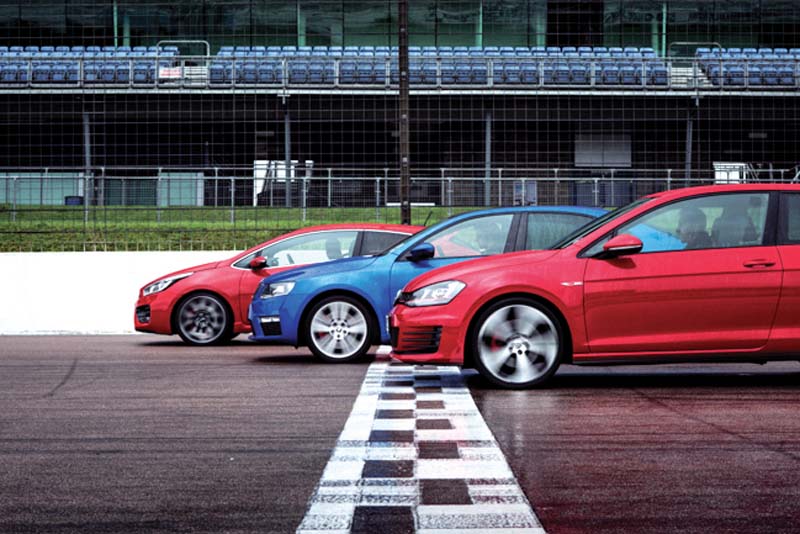Star carmakers
Policymakers seem to be increasingly hostile to diesel engines that are seen as a bigger health hazard despite better fuel efficiency
The production and sales of automobiles in India during 2016-17 have just been announced and India’s automakers had sold over 3 million passenger vehicles in the domestic market. The production had been higher at 3.8 million with 757.000 units exported. Sales growth had been a healthy 9.2 per cent, but 25 per cent had been the sales of utility vehicles including the popular mini SUV’s that saw a big 30 per cent growth rate. The Indian auto industry now ranks as fifth in the world with China at the top followed by the USA, Japan and Germany. The most popular cars in America are not really cars at all but small trucks with a big luxurious cabin making them suitable both for town and country.
It had been an eventful year and the debate about pollution was a sword hanging over the heads of all auto makers. There was a yearend panic over the banning of sales of vehicles that did not meet the new BS IV standards. Policymakers seem to be increasingly hostile to diesel engines that are seen as a bigger health hazard despite their better fuel efficiency. The star of the year was undoubtedly Maruti/Suzuki who not only accounted for 48 per cent of domestic sales but launched a number of successful new models like the Baleno hatchback, the Brezza `crossover’ SUV and made their first successful entry into the executive saloon segment with the sleek Ciaz. The mainstay of their sales were however the old favourites of the small Alto and Wagon-R and the bigger Swift.
Hyundai held their position as India’s No 2 carmaker with a sale of 510,000 cars including tweaked up variants of their popular i10, i20 and Verna models and continued to forge ahead with their very successful Creta SUV. Tata Motors were a distant third but had recovered a lot of lost ground with excellent new cars like the Tiago and Hexa SUV to notch up an impressive 15 per cent growth in a highly competitive market. These and their other earlier offerings like the Bolt and Zest show that Tata cars are now as refined and desirable as any foreign model and a bit more affordable.
The most impressive growth was by Renault whose Duster ‘crossover’ and Kwid mini SUV’s helped give them an impressive 88 per cent growth rate. Their sister company Nissan with the Terrano `crossover’ and Evalia UV also showed good growth.
The small saloon segment with the Maruti Swift DZire, Hyundai Xcent, Honda Amaze, Toyota Etios, Tata Zest and Volkswagen Ameo showed good growth though much of it went to the rapidly growing private taxi market. The Maruti Ciaz, Honda City and Hyundai standard saloons remained popular but the larger saloons were languishing. Honda abandoned their Civic and Accord leaving an enlarged Toyota Corolla Altis as the leader with the Skoda Superb and Hyundai Elantra trailing far behind. A bigger, more stylish and more expensive new Toyota Innova remained the king of the utility vehicles and its space and luxurious features attracted many saloon customers.
Many new launches made the market very volatile and a number of customers seemed to be willing to abandon the popular brands of the past and opt for new models that caught their fancy. Honda were especially enterprising and the new BR-V and WR-V `crossover’ variants to their Mobilio and Jazz cars and seem to have added useful sales to their mainstay City saloon.
The author is the region’s most celebrated automobile columnist





